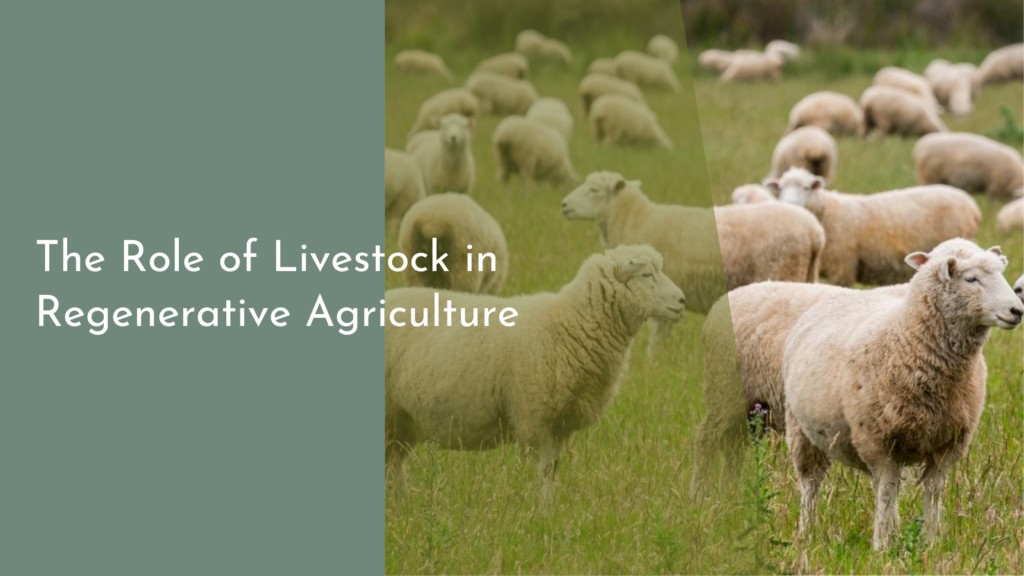Combatting Wildlife Habitat Loss: Policies and Practices
Wildlife habitats are the cornerstone of a balanced ecosystem, providing essential resources for countless species. As urban development, agriculture, and climate change continue to encroach upon these spaces, the necessity to combat wildlife habitat loss has never been more urgent. By understanding the importance of these natural environments and implementing effective policies and innovative practices, we can work towards restoring the balance between human activities and the natural world. This article will explore strategies to protect wildlife habitats, highlighting the role of community engagement in this vital initiative.
Understanding the Importance of Wildlife Habitats Today
Wildlife habitats serve not only as homes for diverse species but also as crucial components of the Earth’s biological systems. They contribute to clean air and water, regulate climate, and support biodiversity, which is essential for ecosystem resilience. These habitats also play a significant role in human well-being, offering recreational opportunities, educational experiences, and cultural value. Recognizing the intrinsic value of wildlife habitats is vital for fostering a collective responsibility towards their preservation.
In recent years, scientists have emphasized that the loss of biodiversity, driven largely by habitat destruction, poses significant risks to human health and survival. The decline of vital pollinators, for example, can have dire consequences on food supply chains. By understanding the interconnectedness of all life forms, we can appreciate that preserving wildlife habitats is not just about saving animals; it’s about safeguarding our future and ensuring a sustainable planet for generations to come.
Effective Policies for Protecting Our Natural Spaces
Governments around the world are beginning to recognize the urgent need for policies aimed at protecting wildlife habitats. Policies such as wildlife corridors, land-use planning, and protected area designations can create safe havens for wildlife and ensure that critical ecosystems are preserved for the long term. For instance, establishing national parks and wildlife reserves helps to safeguard large expanses of land from development and agriculture, preserving both the flora and fauna that reside in these areas.
Furthermore, international agreements like the Convention on Biological Diversity encourage countries to adopt sustainable practices that mitigate habitat loss. By incorporating scientific research into policymaking, governments can implement adaptive management strategies that respond to changing environmental conditions. Collaborative efforts among nations, non-governmental organizations, and local communities are crucial to creating comprehensive frameworks that effectively protect our natural spaces.
Innovative Practices for Restoring Lost Ecosystems
In addition to protective policies, innovative restoration practices play a crucial role in combating habitat loss. Techniques such as rewilding, which involves restoring ecosystems to their natural state by reintroducing native species, have gained traction in recent years. This method not only enhances biodiversity but also promotes ecological processes that benefit the entire environment. Reforestation and wetland restoration are other examples of successful initiatives that help restore lost habitats and improve ecosystem services.
Moreover, the use of technology in conservation efforts has opened new doors for ecosystem restoration. Remote sensing, drones, and GIS mapping allow for precise monitoring of habitat conditions, making it easier to identify areas in need of restoration. Community-led projects, such as urban green spaces and local gardens, have also proven effective in enhancing biodiversity, showcasing that even small-scale initiatives can have a significant impact on restoring ecosystems.
Community Involvement: Everyone Can Make a Difference!
Community engagement is a powerful tool in the fight against wildlife habitat loss. When individuals come together to advocate for their local environments, they can create significant change. Initiatives such as clean-up drives, tree-planting events, and educational workshops empower residents to take an active role in preserving their natural surroundings. Community-led conservation projects can foster a sense of ownership and pride in local ecosystems, encouraging people to become lifelong stewards of the environment.
Moreover, social media has provided a platform for individuals and organizations to raise awareness about wildlife habitat conservation. By sharing success stories and educational resources, communities can inspire others to join the movement. Local governments can also support this engagement by promoting policies that facilitate community involvement, such as granting permits for community gardens or providing funding for local conservation initiatives. Together, we can cultivate a culture of conservation, where everyone feels encouraged and empowered to make a difference!
Protecting wildlife habitats is not just a task for governments and organizations; it is a collective responsibility that requires the involvement of every individual. By understanding the critical importance of these ecosystems, advocating for effective policies, embracing innovative restoration practices, and actively participating in community efforts, we can make significant strides towards combating habitat loss. Let us join hands and pave the way for a brighter, more sustainable future where both wildlife and humans can thrive in harmony. Together, we can make a lasting impact on the planet and ensure that our natural spaces continue to flourish for years to come!

